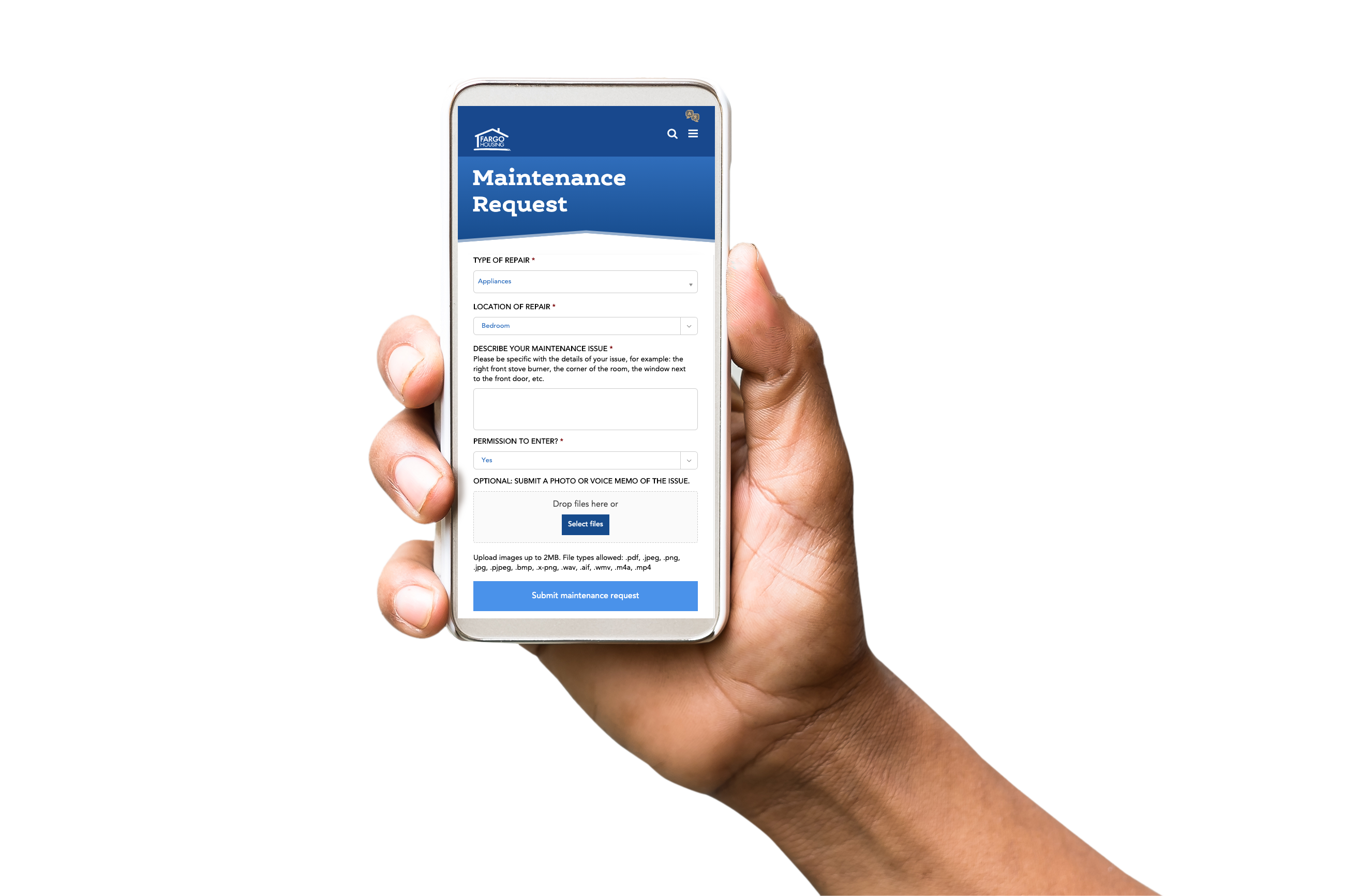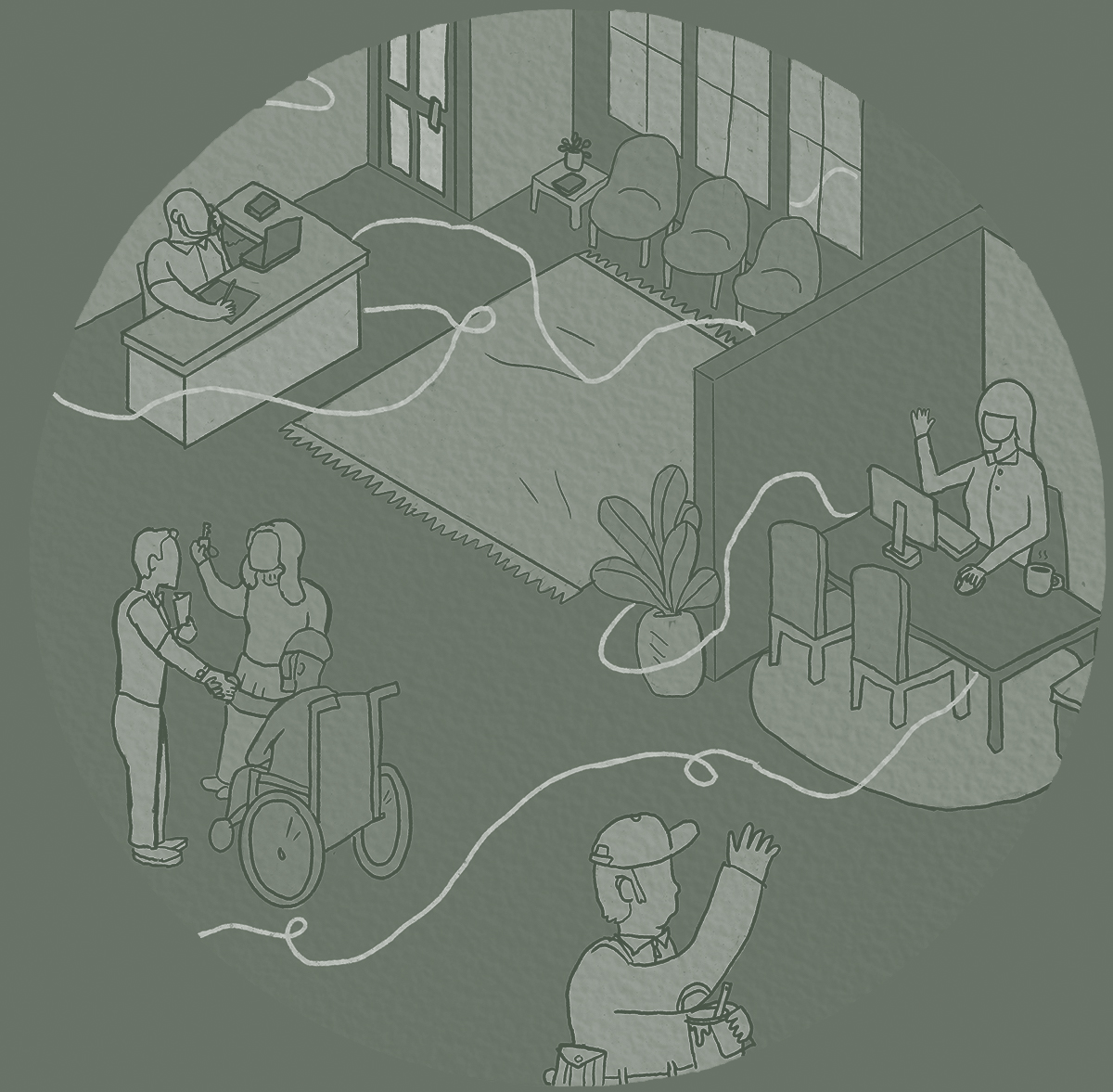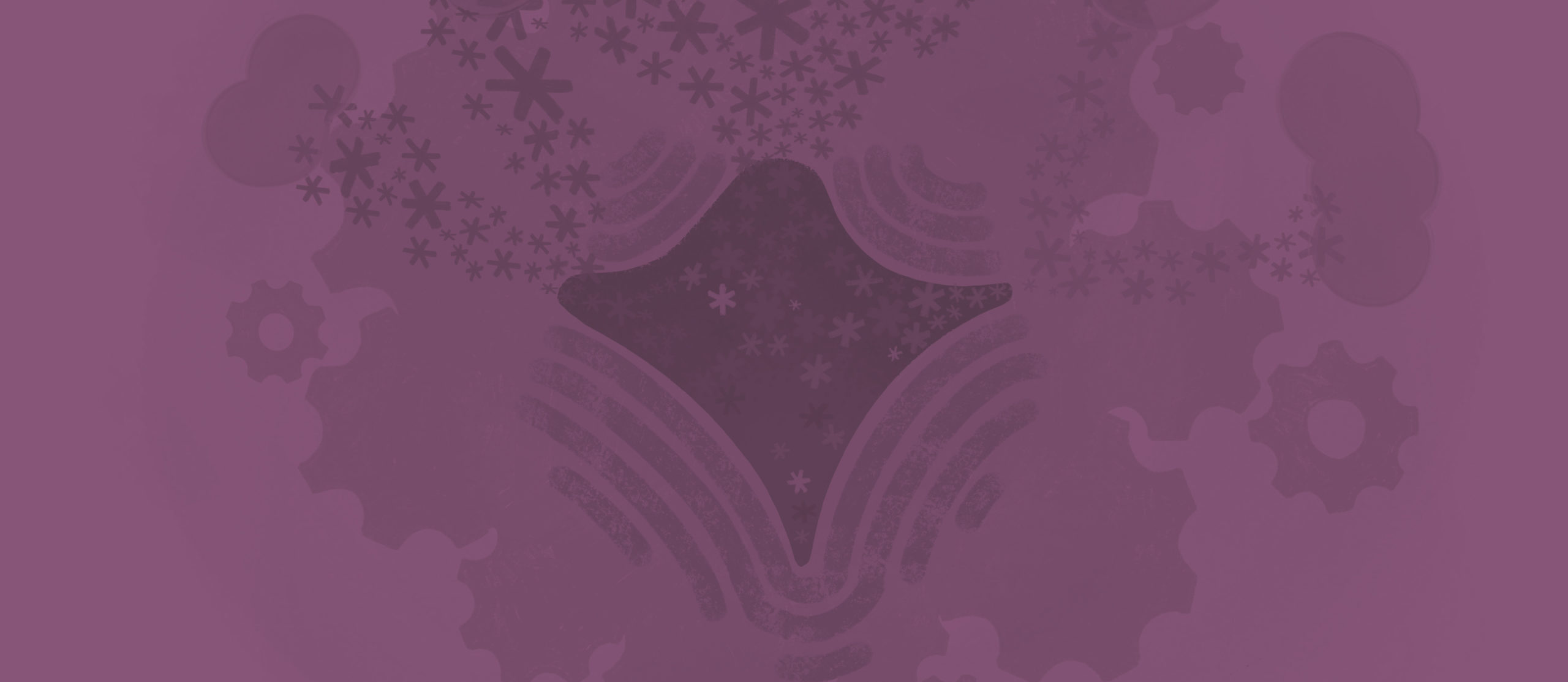Access to housing help can depend on access to digital communication
I recently applied to refinance our home mortgage with two different banks. The first bank’s application process was a thing of beauty. I sat in the park on my phone and dialed in my info. Magical internet fairies then fetched and populated publicly available data, and I got a quote in minutes. On my phone. At the park. The second bank’s process was considerably clunkier. The forms didn’t work on my phone. I needed my laptop to look up information. I sent a few emails and had to make a phone call in order to get a quote a few days later.
Because I had the means to meet the banks where they were, technologically speaking, my access wasn’t impeded. It was merely an inconvenience.
Elegant, mobile-friendly web forms are a creature comfort for many.
But for those seeking affordable housing help, they can be a lifeline.
For 26% of adults earning less than $30,000 a year, a smartphone is their only connection to the digital world.* Understandably, those phones are used to perform tasks often designed to be done on desktop computers, like searching and applying for jobs and housing.
Low-tech forms are a threat to housing security
Living on a lower income can be really expensive. Here’s an example. If a potential resident can’t fill out a housing agency form on their phone, they might need to walk to the library to print it out, fill it out by hand and take the bus across town to deliver it. Maybe they arrive after agency hours and tape their form to the front door. In doing so, they might miss a day’s work, need to pay for childcare, or risk incurring late fees.
If an applicant has limited English proficiency, physical, visual or hearing impairments — low-tech forms can pose an even bigger challenge.
For applicants with limited English proficiency or visual impairments, low tech forms can be an even bigger challenge.
Small victories in a widening digital divide
The COVID-19 pandemic has dramatically increased our dependence on digital communication, turning long-standing cracks in our digital infrastructure into chasms. The digital divide is widening** at the worst possible time.
Like everyone else, housing agencies are scrambling to adapt to the new normal, looking for ways to reduce human interaction while still serving the community with a human touch.
Housing agencies are winning small but important battles in the fight to close the digital divide. The necessity to think and communicate differently has led to changes that will improve operational efficiency, not just during the current pandemic, but for the long term.
CARES Act funds are being used to improve digital communication: remote home inspections on a smartphone, electronic signatures, connected devices for residents and video orientations for new Housing Choice Voucher holders.

Technology improvements benefit everyone on the housing continuum
Well-built online forms don’t just improve the experience for potential residents. Current residents benefit when they can more easily update their household status or submit a maintenance request. Housing agencies reap the rewards, too: key staff members spend less time entering data and more time helping people.
As a branding firm for housing agencies, we spend a lot of time talking about big ideas, emotionally compelling imagery, positioning messaging and easy-to-edit WordPress websites — but we get equally excited about a well-designed digital form. If you’d like to chat about branding your housing agency or nerd out on forms together, well, you know what to do.
Resources:
*Pew Research center
Okay, I’m interested
About Tom Campbell:
Tom is Toolbox’s co-founder and creative director. When he’s not keeping the ‘Box rocking, Tom can be found daydreaming about when he can return to his beer league hockey team or playing drums for local bar bands. He’s also a founder and fairy godfather of Art Lab Fort Collins and keeper of TomLovesTheLibertyBell.com, a quirky repository of stories and stats on Liberty Bell replicas around the world.
About Toolbox Creative:
Toolbox Creative is a Creative agency for housing authorities, helping mission-driven organizations assess their brand equity, clarify their positioning and amplify their voices — creating lasting impact and building brand love.



